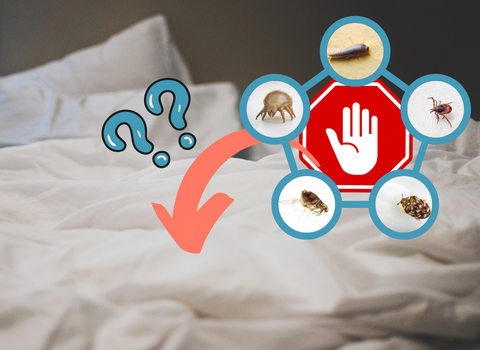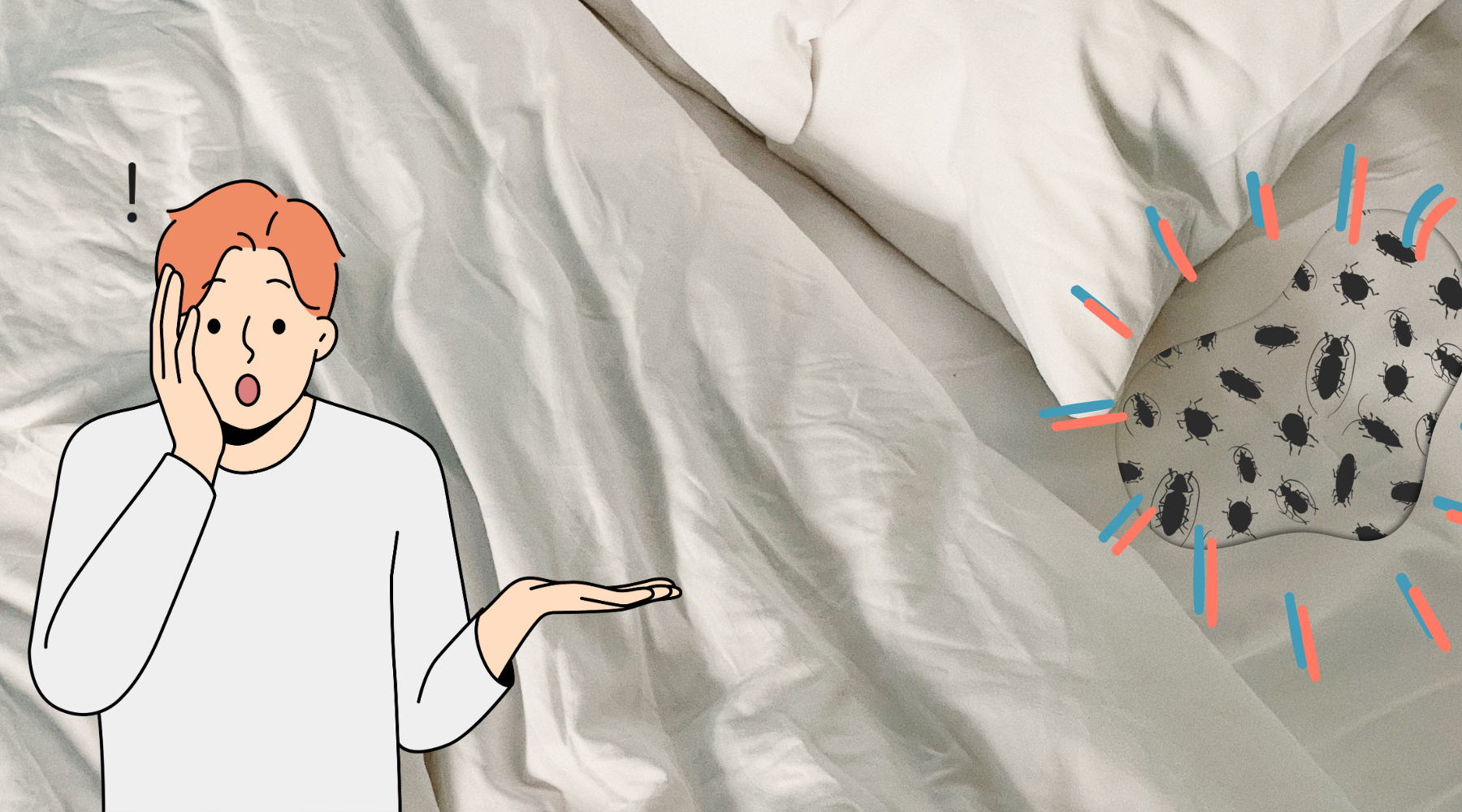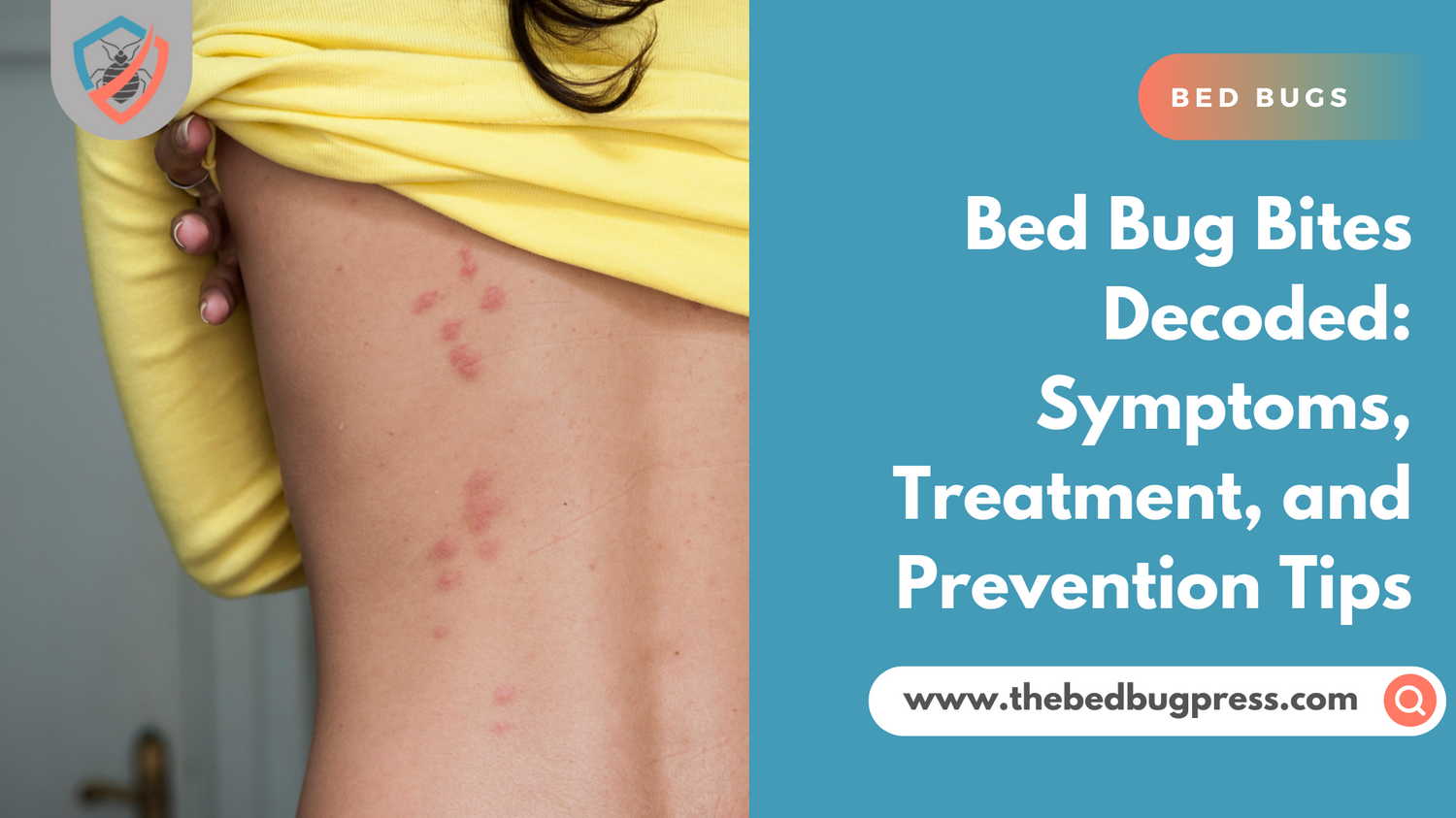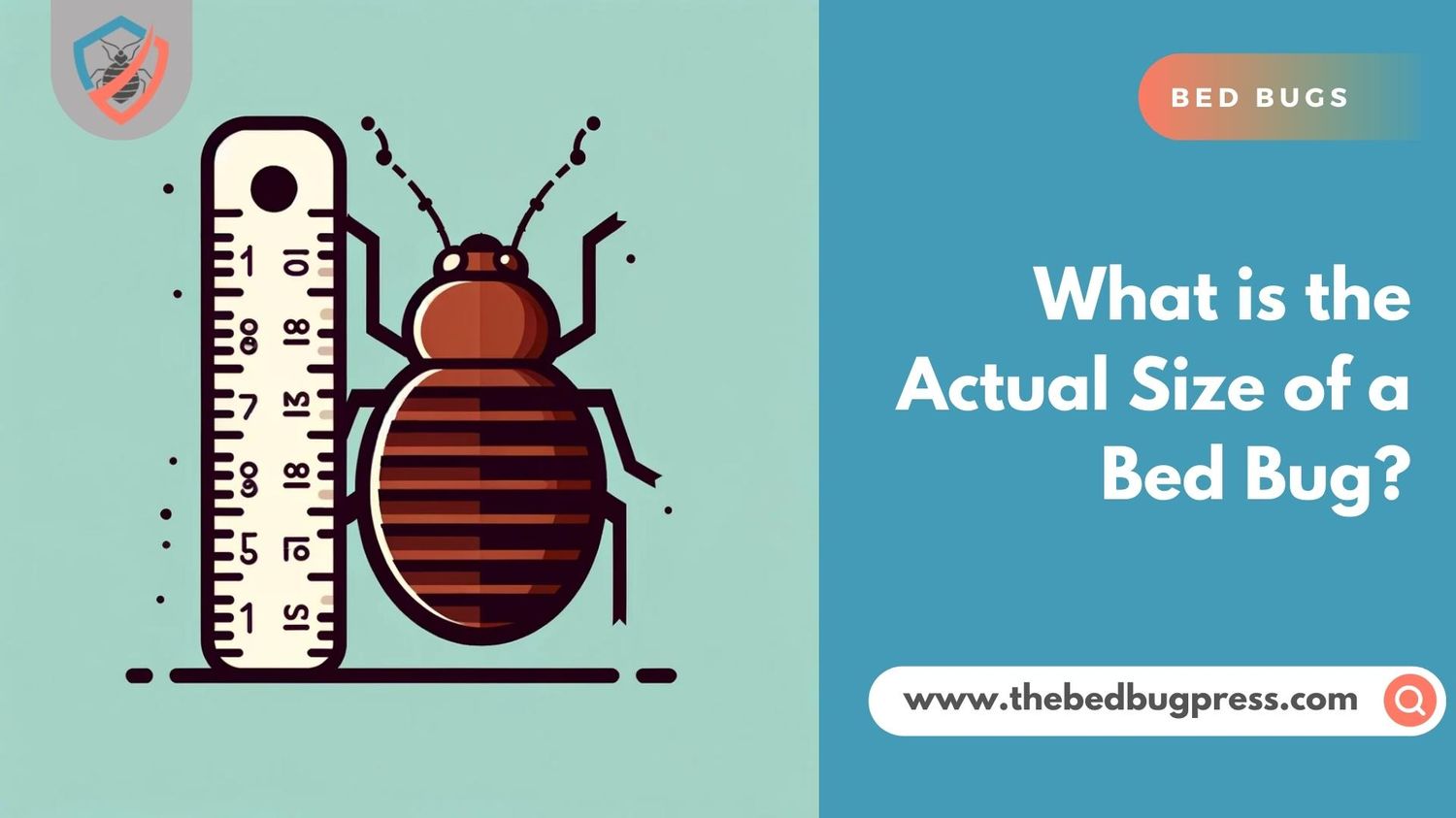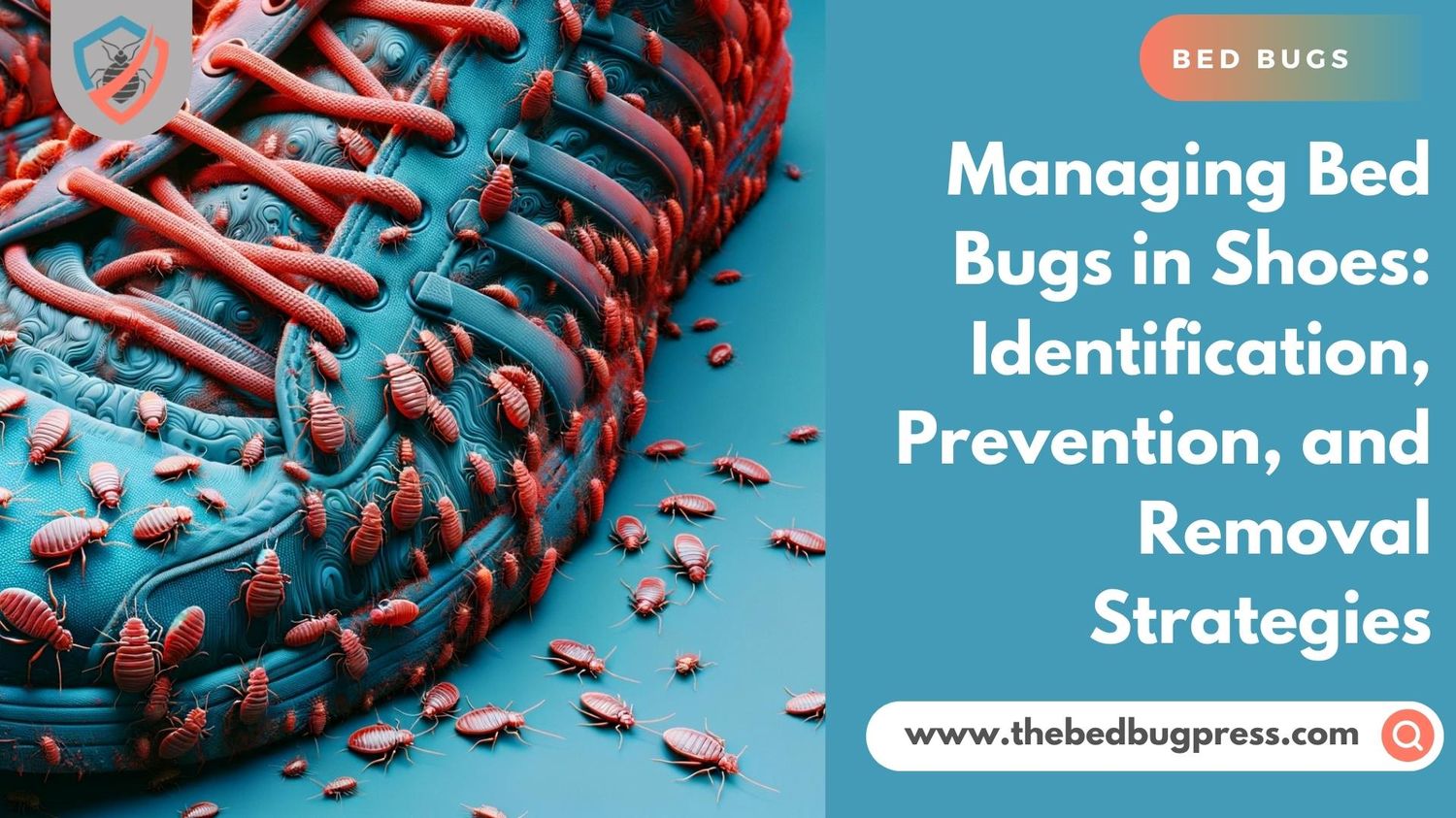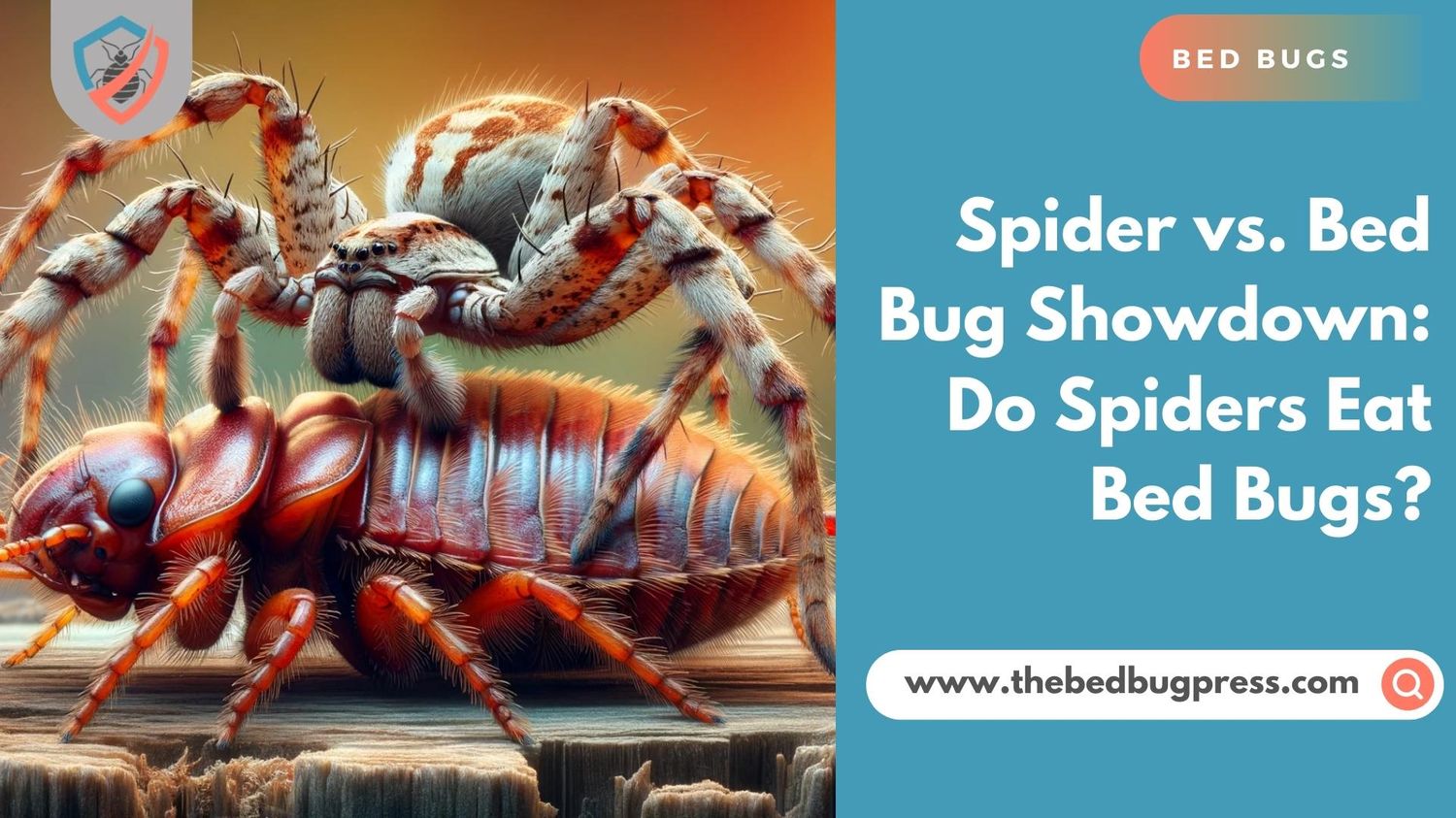There’s nothing quite as unsettling as finding unexpected and unwelcome guests in your home – especially when they’re tiny black bugs on your bed sheets. These diminutive intruders, often unseen until it’s too late, can turn peaceful dreams into restless nights filled with questions. What are these creatures? Where did they come from? And most importantly, how can you get rid of them?
In this article, we will shine a light on these elusive pests, aiming to identify them and understand their behavior. By knowing exactly what tiny bugs you’re dealing with, you can formulate a plan to reclaim your bed and restore your peace of mind. This exploration into the world of tiny black bugs is the first step towards understanding and controlling these uninvited guests.
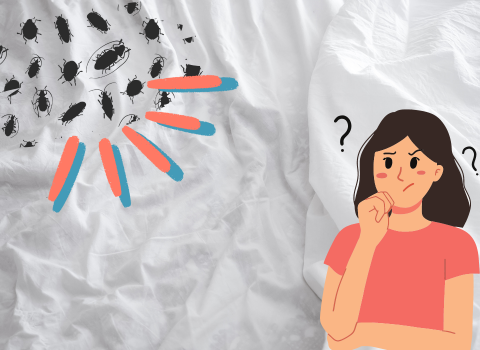
Understanding the Tiny Bugs on Your Bed Sheets: Are These Bed Bugs or Other Insects?
Finding tiny bugs on your bed sheets can be an alarming experience. Before jumping to conclusions, it’s crucial to understand that not all small insects found on your bedding are bed bugs. This section aims to help you identify these tiny creatures and differentiate between bed bugs and other common household pests.
Identifying Bed Bugs
Bed bugs feed on human blood. They’re typically oval-shaped and flat, measuring about the size of an apple seed. Their bodies swell and turn a reddish brown after feeding. One telltale sign of bed bugs is the small, often dark brown spots they leave on sheets, which are their fecal matter. If you spot any bugs matching this description or these signs, you may be dealing with a bed bug infestation.
Other Common Insects Found on Bed Sheets
Several other types of insects may find their way onto your sheets. These include fleas, which are small, dark, and jump when disturbed; booklice, which are tiny, pale bugs often found in damp areas; and carpet beetles, small round beetles that may be drawn to natural fibers in your bedding.
Steps to Accurate Identification
Accurate identification is crucial to effectively dealing with these pests. Look for physical characteristics, behaviors, and signs such as bites or stains on your bed frames soft furnishings, or sheets. You could also capture a bug and consult with a pest control professional for accurate identification.
Understanding what kind of tiny insects or bugs are on your bed sheets is the first step toward managing the situation. Whether they are bed bugs or other insects, accurate identification is key to implementing an effective solution. Remember, when in doubt, it’s always best to consult with a pest control professional to ensure you’re taking the right steps.
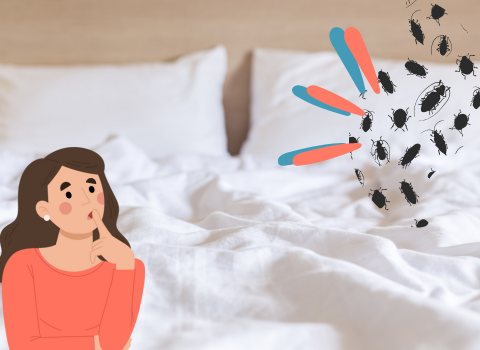
Decoding the Mystery of Black Bugs on Bed Sheets
Waking up to find black bugs on your bed sheets can be a startling experience. These unexpected guests can raise several questions about their identity and origin. This section seeks to decode the mystery of these black bugs, providing insights into their identification and how they might have ended up on your own bed linen.
Identifying the Culprits
Black bugs found on bed sheets could belong to a variety of pest species. They could be fleas, which are small, dark, and known for their jumping abilities. Alternatively, they might be carpet beetles, which are small round, black insects often attracted to natural fibers. Or in some cases, they could be bed bugs that appear darker after feeding. Observing their characteristics and behavior can help narrow down the possibilities.
Recognizing the Signs
Different bugs leave behind different clues. For instance, when bed bugs bite they typically leave small, dark spots (their excrement) on sheets and may cause itchy, red welts on your skin. Fleas also bite, often around the ankles, and may leave tiny black specks (flea dirt) behind. Carpet beetles don’t bite, but their larvae can cause a rash, and they may leave tiny, shed skins in their wake.
Seeking Expert Assistance
If you’re finding it challenging to identify the black bugs on your sheets, it might be time to call in the experts. Pest control professionals have the necessary training and tools to accurately identify and effectively deal with these unwelcome visitors. They can also provide prevention strategies to keep these pests from making a comeback.
Unraveling the mystery of black bugs on your bed sheets is a crucial step towards regaining your peace of mind. By identifying these pests and understanding their behaviors, you can take effective action. Remember, when in doubt, professional pest control services are always available to help you tackle these uninvited guests.
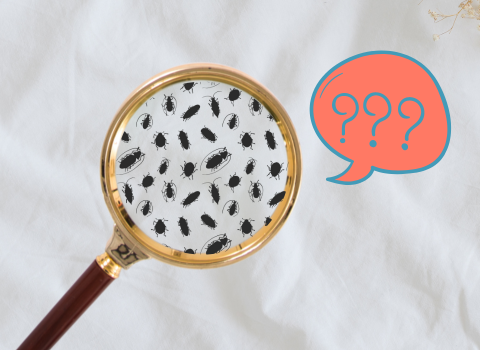
Bed Bug Misconceptions: Are These Tiny Black Bugs Really Bed Bugs?
The sudden discovery of tiny black bugs on your bed sheets can be quite unsettling. Your first thought might be “Bed bugs in bed?”, but are these tiny black bugs in bed, really the infamous pests we’ve all heard about? There are several misconceptions surrounding bed bugs, and these can lead to confusion, misidentification, and unnecessary panic.
Firstly, it’s important to identify bed bugs. Adult bed bugs are small, oval-shaped in shape, and brownish. They have flat bodies and are about the size of an apple seed. After feeding, they can swell up and turn a more reddish to dark brown color. So, despite widespread belief, bed bugs aren’t always black. They are more typically a shade of reddish brown but can appear darker after a blood meal.
If the black bugs you’re seeing aren’t bed bugs, then what could they be? There are several possibilities. Fleas are one option. They’re small, dark, and known for their jumping abilities. Carpet beetles are another possibility. They’re round insects that may also appear as tiny black bugs. Each type of insect requires a unique treatment plan, so correctly identifying the bug you’re dealing with is essential.
If you’re uncertain whether you’re dealing with bed bugs or another type of pest, there are some signs you can look for. Bed bugs often leave behind small, dark spots (their feces) on sheets and can cause itchy, red welts on your skin. If you don’t see these signs, you might be dealing with a different type of bug. When in doubt, it’s always best to consult with a pest control professional for accurate identification and treatment.
In conclusion, while the sight of tiny black bugs on your bed might initially cause alarm, these creatures may not necessarily be bed bugs. Dispelling common misconceptions and understanding the true nature of bed bugs can help ensure effective pest management and restore your peace of mind.
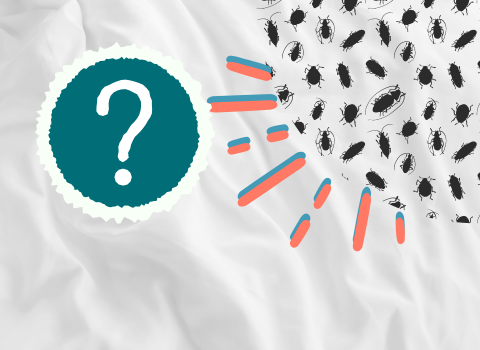
Not All Pests are Equal: Identifying Small Bugs on Your Bed That Aren’t Bed Bugs
Finding small bugs on your bed can be a disturbing experience, and it’s easy to jump to the conclusion that you’re dealing with bed bugs. However, not all pests are equal, and many unusual types of bugs could find their way onto your sheets. This section aims to help you identify some common household pests that aren’t bed bugs.
Bed Bugs
Bed bugs are small, brownish insects that feed on human blood, usually at night. They are known for their flat bodies and apple-seed-like appearance. Signs of bed bugs include small blood stains on your sheets, tiny dark spots (their feces), and itchy, red bed bug bites on your skin. Confirming a bed bug infestation usually requires finding live bugs, as their eggs and nymphs are tiny and difficult to spot.
Fleas
Fleas are small, dark bugs that are known for their jumping abilities. They feed on blood and are often brought into the house by pets. Their bites can cause itchy, red spots and they may leave behind tiny black specks known as “flea dirt”.
Carpet Beetles
Adult carpet beetles are small, round bugs that may appear black or brown. They are attracted to natural fibers and may end up on your bed if you have woolen blankets or feather pillows. While an adult black carpet beetle doesn’t bite humans, carpet beetle larvae can cause a rash on contact.
Booklice
Booklice are tiny, pale insects that prefer damp environments. Unlike bed bugs, they feed on mold and fungi, so if you find them in your bed, it might indicate a humidity issue in your bedroom. While they are harmless insects that don’t bite humans, they can trigger allergic reactions in some individuals.
Spider Beetles
Spider beetles or spider beetle, are small, round insects that resemble spiders due to their long legs and round bodies. Spider beetles are nocturnal and are attracted to food sources like grains and dried fruits, so finding spider beetles in your bed is unusual unless food is present.
Mites
Mites are incredibly small and impossible for the naked eye to see. It often requires a magnifying glass to see. Mites or dust mites can cause skin irritation and may lead to a condition called scabies. Dust mites, another common variety, feed on dead skin cells and can cause allergic reactions.
Silverfish
Silverfish are small, wingless insects that move in a fish-like manner. They prefer dark, damp areas and unlike bed bugs, they feed on carbohydrates, including sugars and starches. While they don’t often bite humans or carry disease, they can damage books, wallpaper, and clothing.
Black Lice
While head lice are typically associated with hair, body lice can end up in bedding. These small, flat insects are dark in color and feed on human blood, often causing intense itching.
Ticks
Ticks are parasitic insects that are small, dark arachnids that feed on blood. They can be brought into the house by pets or humans who have been in wooded areas. The tiny black bug bites can lead to red, itchy spots and they are capable of transmitting diseases like rocky mountain spotted fever.
Bat Bugs
Bat bugs resemble bed bugs in appearance, but they primarily feed on bats. If bats are present in the building or nearby, bat bugs may enter human living spaces. While they can bite humans, they cannot reproduce without their preferred hosts. Distinguishing between bat bugs and adult bed bugs requires a trained eye, so if you suspect you have bat bugs, it’s best to consult a pest control professional.
Swallow Bugs
Swallow bugs are parasites that typically inhabit swallow nests. They resemble bed bugs closely and can occasionally bite humans when their primary hosts are unavailable. However, they cannot sustain themselves or reproduce without swallows.
Not all small bugs found on your bed are bed bugs. Accurately identifying the pests you’re dealing with is crucial for effective pest control. If you’re unsure about the identity of the tiny bugs on your bed, don’t hesitate to consult with a pest control professional. Remember, maintaining a clean and dry environment is key to preventing these unwelcome guests.
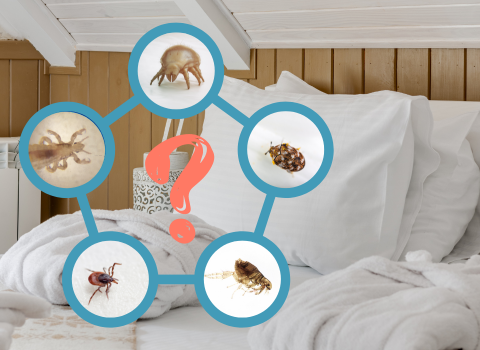
Pest-Free Slumber: Strategies to Eliminate Little Bugs from Your Bed
Finding bugs in your bed can disrupt your peaceful slumber and cause unnecessary stress. However, with the right strategies, you can eliminate these unwelcome guests and regain your comfort. Below, we’ll explore effective methods to get rid of common pests like silverfish, black lice small spiders, and ticks.
Bed Bugs
Bed bugs can be a challenging pest to eliminate due to their small size and nocturnal habits. Regularly inspecting your bed for signs of these pests, such as small blood spots or tiny black specks, can help detect an infestation early. Washing and drying all bedding on high heat can kill bed bugs at all life stages. Encasing your mattresses and box springs in a bed bug-proof cover can also help prevent these pests. For severe infestations, professional pest control services are often necessary.
Silverfish
Silverfish are attracted to damp, dark environments, and feed on carbohydrates, including sugars and starches. To deter them, keep your bedroom dry and well-ventilated, and avoid storing books, papers, or food in your bedroom. Cedar shavings or essential oils like lavender and citrus can also repel silverfish.
Black Lice
Black lice, body lice, or head lice hide not only in the body but also in bedding and feed on human blood. You can get rid of tiny black insects by washing all bedding, clothing, and towels that the person has used in hot water can help eliminate these pests. For persistent infestations, over-the-counter or prescription medications may be needed.
Ticks
Ticks are usually brought into the house by pets or humans who have been in wooded areas. Regularly check your pets for ticks and use a vet-approved tick preventative. If you find a tick in your bed, remove it carefully with tweezers and clean the area thoroughly.
Fleas
Fleas can hitch a ride on your pets and end up in your bed. Regularly treating your pets with a vet-approved flea treatment can prevent these pests. Additionally, frequent washing of bedding in hot water can kill adult fleas, and their larvae.
Carpet Beetles
Carpet beetles can be deterred by using synthetic bedding materials and regular vacuuming of carpets, rugs, and upholstered furniture.
Booklice
Booklice thrive in damp environments. To discourage a single book louse bug, keep your bedroom dry and well-ventilated, and consider using a dehumidifier.
Spider Beetles
Spider beetle is attracted to food sources. Get rid of a spider beetle infestation by avoiding eating in your bedroom to prevent attracting spider beetles and store food items properly.
Mites
Mites can be eliminated by regular washing of your bedding in hot water and using allergen-proof bed covers.
Bat Bugs
Closely related to bed bugs, bat bugs can also infest your sleeping quarters. They are typically associated with bat colonies and will invade human spaces when their primary hosts are not available. Sealing off potential entry points for bats in your home can help prevent bat bug infestation.
Swallow Bugs
Swallow bugs, another relative of the bed bug, primarily infest swallow nests but can migrate into human spaces when their bird hosts are absent. Preventing swallow bugs involves managing the populations of swallows around your property and ensuring that old nests are removed. If you find swallow bugs in your bed, professional pest control services are recommended to fully eradicate them.
A pest-free bed is key for a peaceful night’s sleep. By implementing these strategies, you can effectively ward off common pests and enjoy a bug-free slumber. If an infestation becomes unmanageable, it’s always advisable to seek professional help from a pest control service.
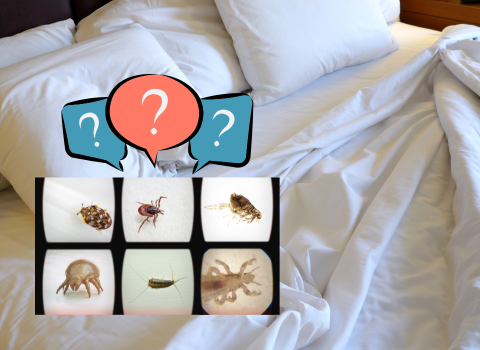
What to Do If the Little Black Bugs Are Confirmed to Be Bed Bugs?
The discovery of bed bugs in your home can be alarming. These tiny, elusive pests are notorious for their rapid reproduction and adept hiding skills, making their eradication a daunting task. But rest assured, with a systematic approach and the right tools, you can successfully get rid of these unwelcome invaders.
Let’s delve into what steps you should take if the tiny black bugs you’ve found are confirmed to be bed bugs.
Confirm the Infestation
The first step is to confirm that you’re dealing with bed bugs. Look for signs like small, dark spots (their feces), tiny white eggs or eggshells, and reddish stains on your sheets or mattresses. If you see live or dead bugs or these signs, you likely have a bed bug infestation. You should look for areas where bed bugs lay eggs like around the bed frame, mattress seams, and box spring.
Contain the Infestation
Once you’ve confirmed the presence of bed bugs in your bed, it’s crucial to prevent them from spreading to other parts of your home. This could involve sealing off the infested room, placing infested items in sealed plastic bags, and thoroughly vacuuming all areas of the entire house where bed and other bugs still might hide.
Clean and Treat Affected Areas
Next, wash all dirty clothes, bedding, linens, bed frames, and clothing in hot water and dry them on the highest dryer setting. Items that can’t be washed should be heated in a dryer or sealed in a plastic bag for several days. Non-washable items can also be frozen, as bed bugs can’t survive extreme cold.
Consider Professional Treatment
While DIY methods can help reduce a bed bug population and bed bug bites are already causing problems, professional treatment is often necessary to fully eradicate an infestation. Pest control professionals have access to a range of treatments, including heat treatments and insecticides, which can effectively eliminate both bed bug eggs and bugs.
Prevent Future Infestations
After treating a bed bug infestation, it’s important to take steps to prevent future problems. This could include using bed bug-proof mattress encasements, regularly inspecting your home for signs of bed bugs, and being cautious when bringing second-hand furniture into your home.
Dealing with a bed bug infestation can be stressful, but with prompt action and the right approach, you can reclaim your home. Remember, early detection is key to managing a bed bug problem effectively. If you’re unsure about any aspect of bed bug control, don’t hesitate to consult with a pest control professional to get rid of bed bugs.
